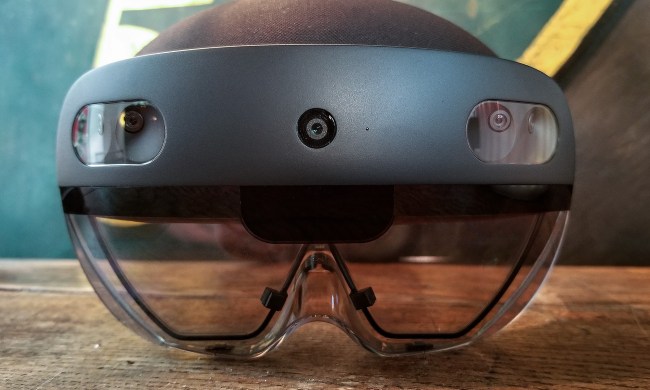
Google unveiled Google Glass Enterprise Edition 2, a new version of its business-focused Google Glass wearable, on Monday, May 20. It ships with a faster processor, an updated camera and a $999 price tag. Similar to its predecessor, the new smartglasses are being marketed for the corporate user and are not available for the general consumer.
The new Google Glass Enterprise Edition 2 is powered by the Qualcomm Snapdragon XR1 platform which is designed specifically for augmented and virtual reality applications. According to Google, the new quad-core 1.7 GHz CPU processor is a”significantly more powerful” than the Intel Atom SoC in the previous Google Glass Enterprise model. Not only will this deliver better performance, but it also will increase the usage time wearers can eke out of the 820mAh battery. A new USB-C port provides faster charge times so a user can spend more time wearing the glasses and less time charging them.
Under the hood, the Google Glass Enterprise Edition 2 has an 8-megapixel camera for capturing the environment, a 640 x 360 optical display, and a multi-touch gesture touchpad. It has 802.11ac WiFi and Bluetooth 5 for connectivity as well as 3GB of RAM and 32GB of onboard storage. Voice assistance is provided by three onboard microphones and a mono speaker. There’s also USB and Bluetooth audio to support headsets. The Google Glass Enterprise Edition 2 is powered by Android Oreo, which opens the door for easier mobile device management and app development.
Unlike the sci-fi look of Microsoft’s Hololens or the Magic Leap One, the Google Glass Enterprise Edition 2 looks just like regular glasses. It is available in a frameless version or with a Smith Optics supplied safety frame that is suitable for manufacturing, maintenance, and similar hazardous jobs. The smartglasses are both water and dust resistant.
Introduced in 2013, Google Glass was initially designed for and sold to the consumer as an augmented reality headset for the masses. The device never took off due in part to its $1,500 price tag and privacy concerns over the integrated camera. In 2015, Google pulled the device from the consumer market and revised it for the business market, releasing it as the Google Glass Enterprise Edition.



